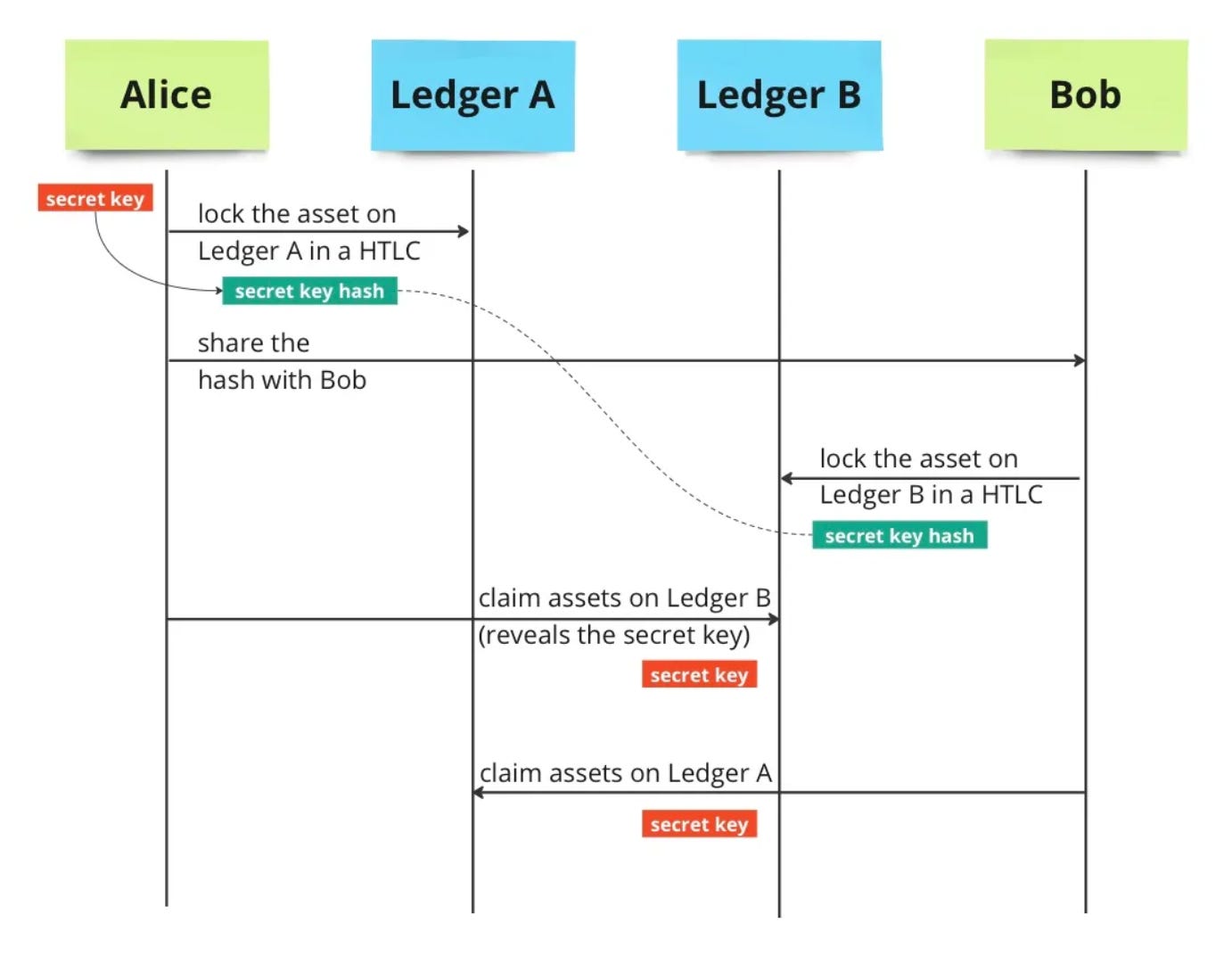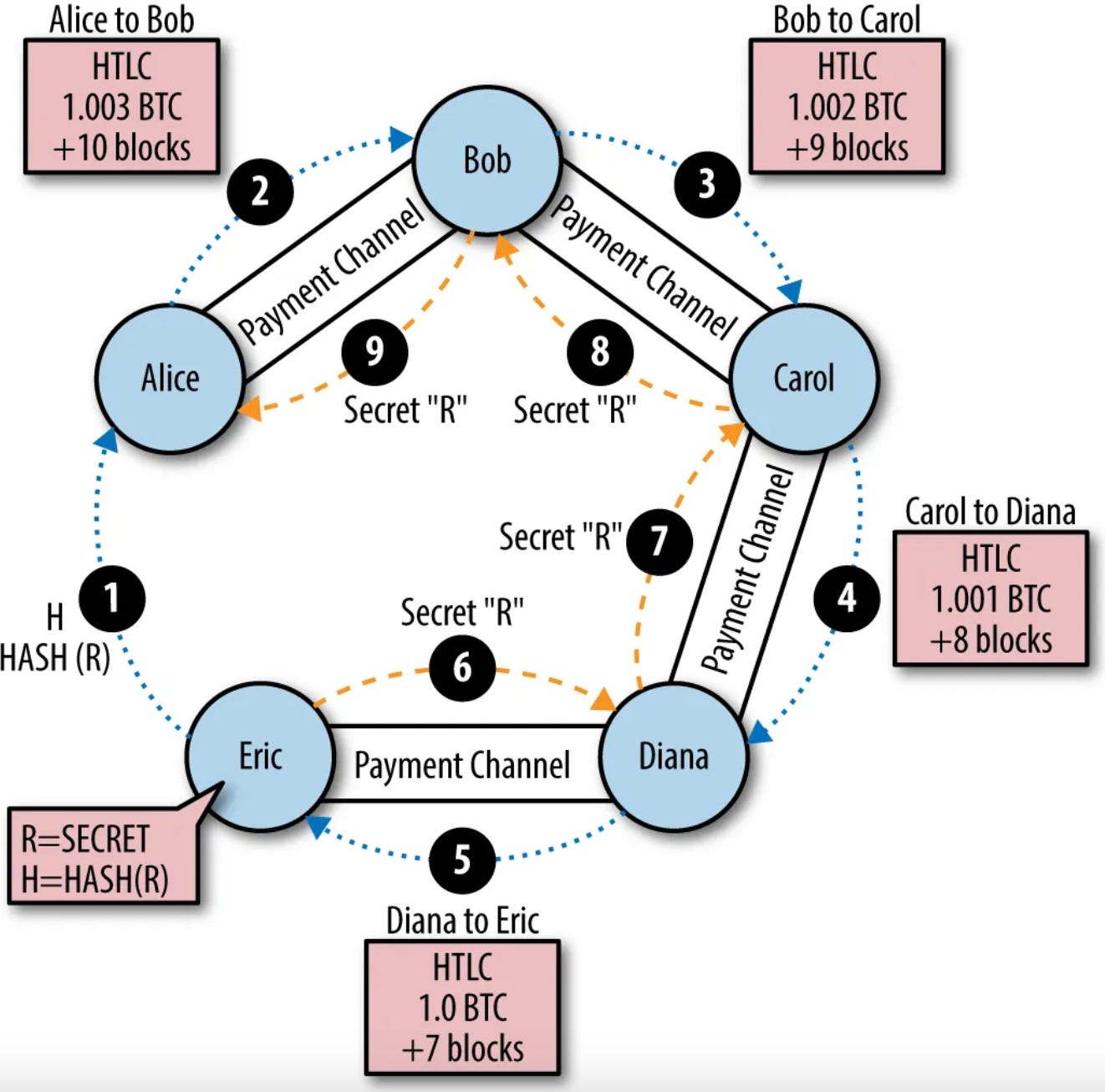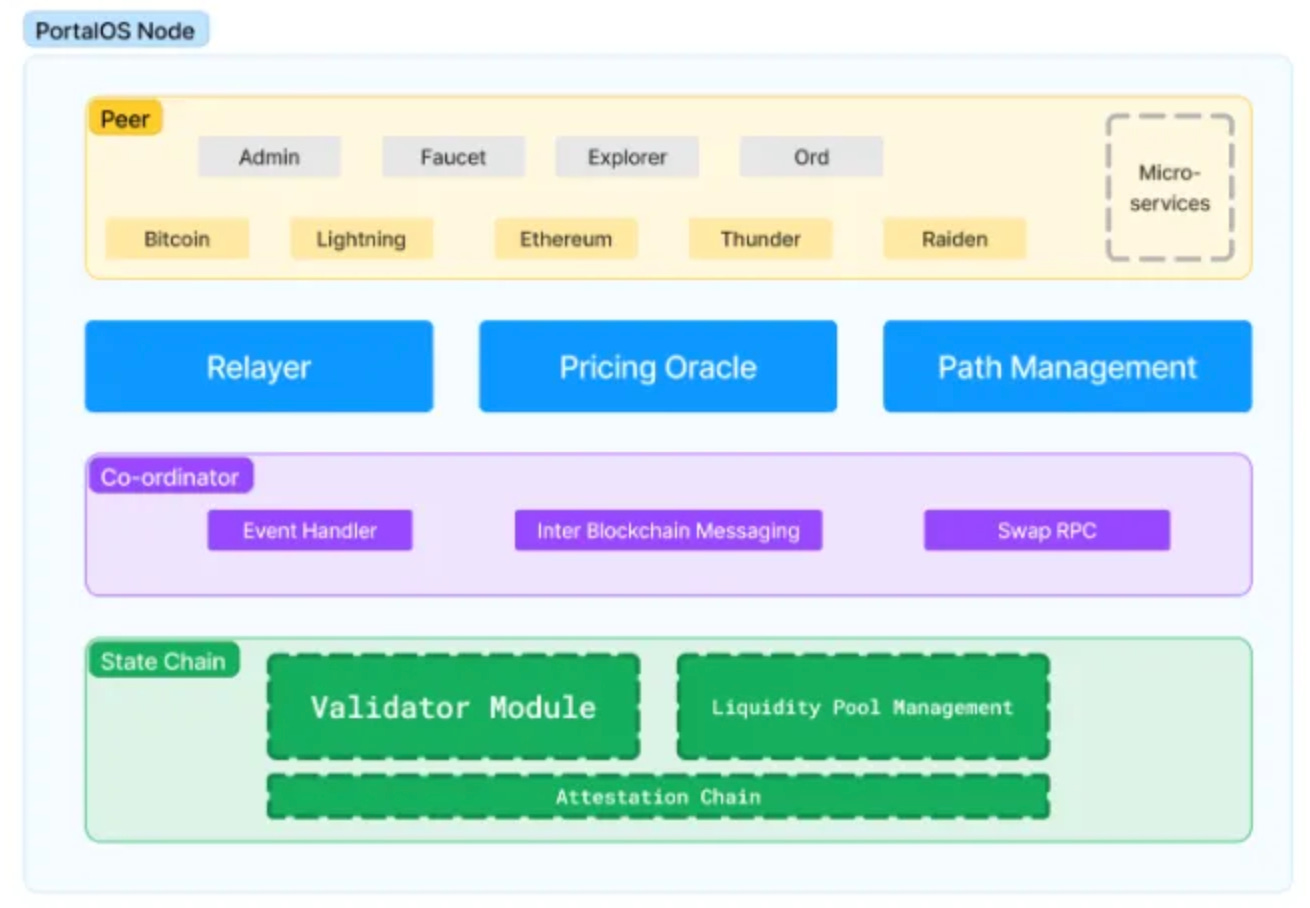Nodes in Portal: The Backbone of Trustless Cross-Chain Swaps
Portal’s Nodes ensure that when two users agree to a swap, each party either gets what they expect or walks away with their original assets intact.
Portal represents a new way of thinking about cross-chain transactions. It is designed to let users trade native assets across different blockchains without relying on centralised bridges, wrapped tokens, or custodians. In Portal’s model, users remain in control of their assets at all times. No one holds your Bitcoin or Ethereum on your behalf, and no third party needs to be trusted to move funds.
However, this vision requires strong coordination, which is made possible by the network of Nodes that powers Portal.
In practice, Portal’s Nodes ensure that when two users agree to a swap, each party either gets what they expect or walks away with their original assets intact. They don’t manage the assets themselves. Instead, they make sure that the rules of the swap are followed by both sides, using the contracts and logic built into the protocol.
How Nodes Keep Portal Secure
Each Node in the Portal network plays a part in keeping swaps secure and decentralised. When users agree to exchange assets across chains, Portal Nodes help to coordinate and monitor the transaction. They make sure that conditions are met on both sides of the swap.
For example, if Alice wants to trade Bitcoin for Bob’s Ethereum, Portal Nodes make sure that Alice only hands over her Bitcoin if Bob delivers his Ethereum and vice versa.
This is done using a structure called a hashed time-locked contract (1). HTLCs ensure that swaps are atomic: they either complete fully in a designated period or not at all. The Node network monitors these contracts, ensuring that secrets are revealed on time and that time locks expire properly in the event of an issue.
If one party tries to back out or doesn’t act, the Nodes ensure that the other party can recover their funds. The beauty of this system is that the Nodes never have custody of the assets involved; they simply enforce the contract logic.

Critical thinkers might ask: “Why do you even need Nodes if the HTLC already secures the swap using the secret? After all, the HTLC ensures that funds are only unlocked under strict conditions; isn’t that enough?”. That's good reasoning, and the answer is simply to scale.
Indeed, Nodes on Portal make it possible to coordinate thousands of swaps at high speed, across different blockchains, using various liquidity sources without introducing new trust assumptions.

What powers this process at scale behind the scenes is Bitscaler, Portal’s environment for coordinating swaps. Bitscaler brings together technologies like channel factories (2) and Lightning Network (3) to let Nodes manage swap flows efficiently across multiple layers. This gives users transactions that are faster, cheaper, and more secure, with many different routes available.
But even though the Nodes focus on coordination, security remains essential, and all actions must be tracked, verified, and auditable. That’s where the Portal Attestation Chain (PAC) comes in. Every action performed through Bitscaler is recorded on this decentralised ledger. PAC acts as the shared source of truth that ensures consistency across the network.

The PAC isn’t something users interact with directly, but it’s essential to Portal’s integrity. It’s where Nodes collectively validate and record the outcome of users’ actions, ensuring that no transaction is considered complete without consensus. This means every swap is not only executed according to the rules but also transparently logged and finalised on a ledger that can’t be manipulated by any single party. PAC also provides the foundation for slashing or dispute resolution mechanisms if a Node operator behaves dishonestly, further strengthening Portal’s security guarantees.
In short, HTLCs provide the contract logic that secures each swap, ensuring funds are only unlocked when conditions are met. Bitscaler handles the high-speed coordination of these contracts across layers and chains, enabling efficient, trustless execution. And PAC provides the decentralised record-keeping and final confirmation, making sure every action is tracked and validated by the network. Together, these layers, powered by a network of Nodes, ensure that Portal delivers both performance and security at scale.
(1) A HTLC is a smart contract that locks funds for a certain period of time until specific conditions are met. It requires one party to reveal a secret to unlock and claim the funds, allowing the other party to use that same secret to unlock their side of the swap. If the secret isn’t revealed before the time limit expires, the locked funds can be safely refunded to their original owners.
(2)The Lightning Network is a Layer 2 system for Bitcoin that locks funds in a payment channel to enable fast, low-cost off-chain transactions. Only the channel’s opening and closing touch the blockchain. All other payments happen privately between participants.
(3)Channel factories let users lock funds in a single on-chain transaction to create many off-chain channels. These channels can open, update, or close without further on-chain actions. This greatly reduces fees and improves scalability.
The War for the 42 Spots
Portal’s node network is designed to balance decentralisation with performance. To achieve this, the number of active validator nodes is capped at 42 per epoch, with a new set selected at the start of each 30-day cycle.
This number represents a sweet spot where the network is large enough to remain decentralised and resilient, but not so large that coordination and performance begin to break down. Too many nodes could slow things down, create inefficiencies, or introduce unnecessary complexity. Too few would risk centralisation and points of failure.
This cap on node numbers creates a “war for the 42 spots.” Each month, operators compete by staking Portal’s native token to bid for a place in this exclusive validator pool. Those selected are rewarded with token emissions and, indirectly, through the buyback and burn mechanism funded by protocol fees.
As the network grows, competition is expected to become fiercer, with node operators striving to be selected in the validator set as often as possible. To achieve this, they will need to maintain a strong token stake while also demonstrating technical efficiency and reliability.
This competition will be healthy for the network. It ensures that only the most capable, committed, and aligned operators are entrusted with helping to safeguard the assets and transactions that flow through Portal.
Conclusion
In conclusion, Portal’s Nodes represent more than just infrastructure. They are the guardians of a new way of doing cross-chain finance, one where users can interact across ecosystems without surrendering control of their assets, and where the rules are enforced by code and consensus.
As Portal evolves, the importance of its Nodes will only grow. With more blockchains expected to be supported in the future, the responsibilities of the Nodes will expand. They will coordinate increasingly complex swaps, support new types of cross-chain interactions, and help the protocol scale without losing its trust-minimised nature.
Portal shows that it is possible to combine security, decentralisation, and custody, and its Nodes are the foundation that makes this vision real.




